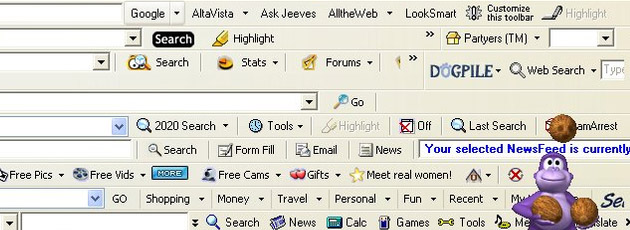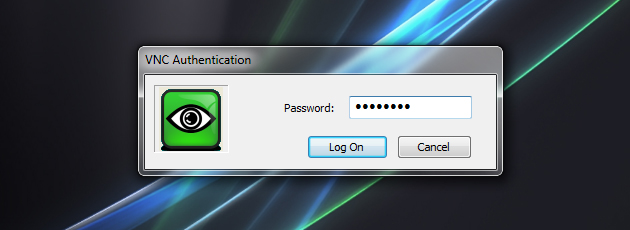Posts Tagged ‘vista’
Encumbered in Services and Processes
For as long as I can remember, every version of Windows has enabled me to see what processes are running, except maybe Windows 3.11. As I continued to use Windows over the years, Control + Alt + Delete evolved into a useful tool, executing taskmgr.exe, showing more than the simple “Close Program” dialog box of the Windows 98 era. It became easy to identify what services were necessary (by simply running services.msc and checking what was set to Automatic, Manual or Disabled) and what processes shipped with Windows and what were running as after-market installations.
Essentially, I memorized what processes are “supposed” to be running, what are necessary and what are not. For example, I usually terminate qttask.exe because it isn’t absolutely necessary and it just takes up CPU threads that could be doing something else. Identifying what processes are supposed to be running is of deep-rooted importance to me because it gives me a sense of security of the system I am running. Aside from rootkits using advanced virtualization-style hijacking (permenant archive) techniques, identifying the processes enables me to know whether the system is compromised at-a-glance.
Why I Still Avoid Windows Vista’s UAC
I remember beta testing Windows 95 when it was code-named Chicago. Back then, I was running MS DOS 6.22 and running Microsoft Windows for Workgroups 3.11. I also beta tested numerous versions of Windows 98 when it was codenamed Memphis, Windows 2000, Windows XP, which brings us to this century where I beta tested so many versions of Microsoft Windows Vista (or, Longhorn) that I can’t even recall. I watched as Microsoft scrambled to try to meet the security disaster that were plaguing Windows XP. Some of you may not recall, but Windows XP was such a disaster in terms of security that it was rare to find a computer running a default copy of Windows XP, without a ridiculous infestation of spyware of some kind.
Back in the DOS days, I rarely used Windows 3.11 for hardly anything. I would use DOS to copy files, defragment my computer, browse BBSs, send e-mails, write batch scripts, just about everything. In fact, even when I switched over to using Windows more often I would still go back to DOS to do simple copy commands because it was easier for me to just write out the commands longhand. I used a hex editor to check executables for viruses because I didn’t have any antivirus software at the time. I guess my point is that Microsoft has had more than enough time to make a working security model for Windows.
HP Pavilion TX2500 Review
I have recently replaced my TX1000 with a TX2500 and despite a few little hiccups during the setup, I am very impressed with the improvements.The TX2500 is solid, light and sports a real touchscreen with wacom pen. Battery life is quite good and I recommend setting the power mode to “Balanced” rather than the standard “HP Recommended” that ships with the unit and manually adjusting the screen brightness to your tastes.
Physically, the TX2500 varies very little from the TX1000, where the major improvements lie are in the touchscreen and performance. My feeling about the TX1000 was that it was drastically underpowered and not up for the challenge of running Vista. The TX2500, however, feels powerful, balanced, and runs cool to boot.
Getting Serious About VNC
Enough. I want you to stop emailing yourself files, telling somebody over the phone where your stuff is, driving back home to turn on your PC to retrieve a file you forgot… Enough is enough. It’s time for a real solution. Rather, a combination of solutions to ensure this problem is eradicated for good — and I mean it!
VNC to the rescue? Yes, provided it is properly configured and secured. In this How-To, you’ll learn how to set up VNC to be your primary, secure, stable and immediately accessible remote data solution. In addition, you’ll also learn how DropBox can make for a fantastic alternative in the event VNC cannot connect or you need more realtime connectivity. Okay, let’s jump right in.



